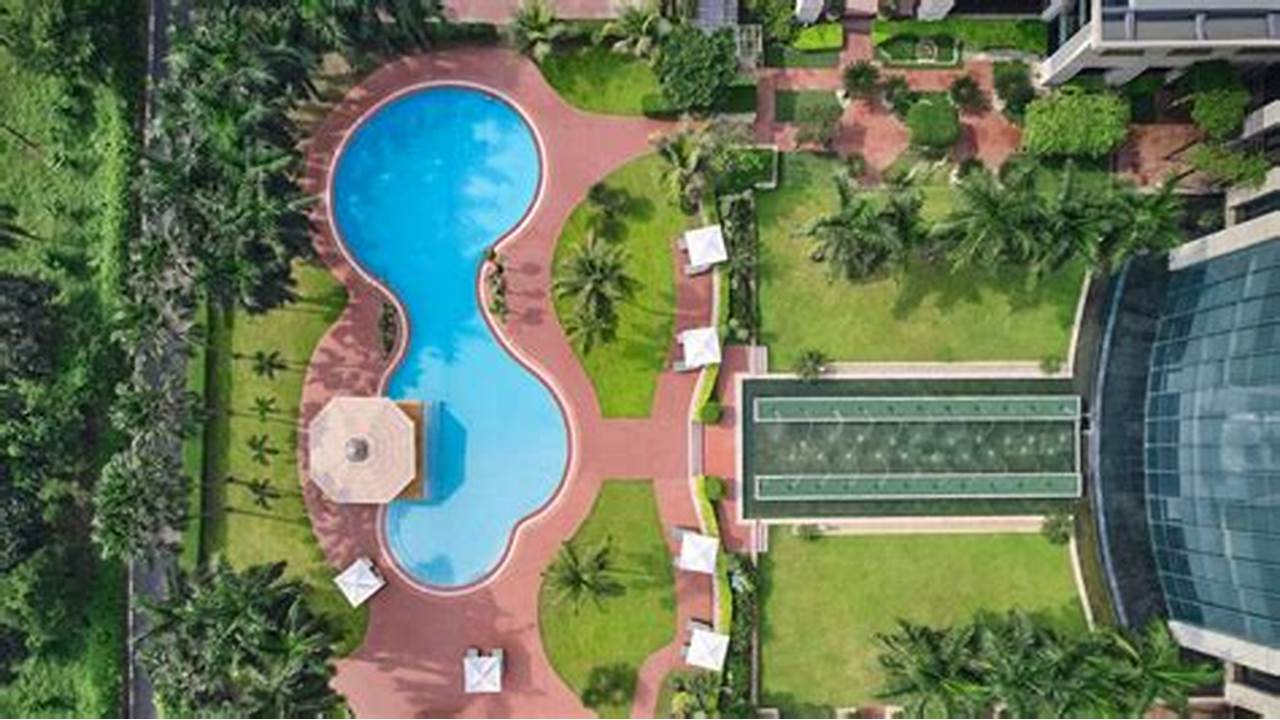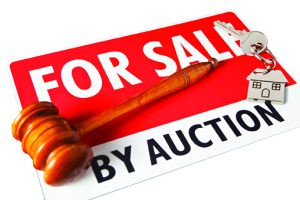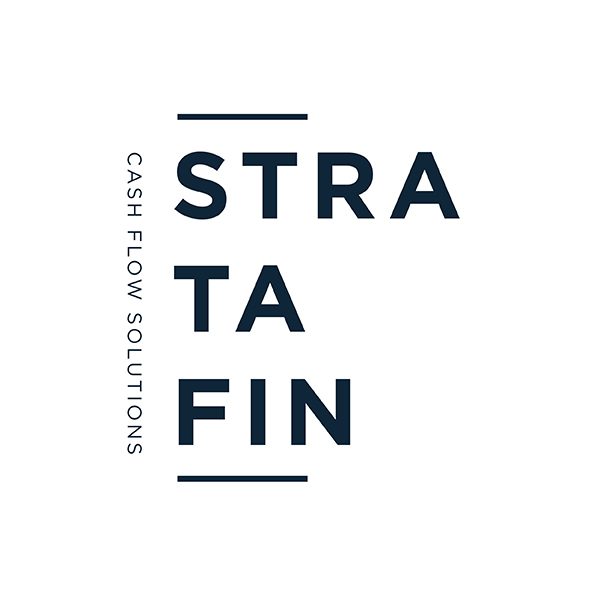Introduction
In my previous two articles I discussed improvements to common property requiring body corporate approval and minor changes to common property that are capable of being approved by the trustees.
In this article I will set out where the distinction lies between these two types alterations or improvements to common property, and how the trustees can decide what type of approval is necessary.
What factors should trustees consider?
- Is it a minor or major change?
The PMRs deal with more major improvements or alterations to common property which such as:
- the addition of a swimming pool.
- the installation of solar panels or generators.
In contrast the PCRs deal with minor changes to common property which includes to:
- mark, paint, drive nails, screws or other objects into, or otherwise damage or deface a structure that forms part of the common property.
- install a locking or safety device to protect the section against intruders, or a screen to prevent entry of animals or insects.
- change to the external appearance of the section or any exclusive use area allocated to it unless the change is minor and does not detract from the appearance of the section or the common property.
- erect washing lines on the common property.
- display a sign, notice, billboard or advertisement if the article is visible from another section or the common property, or from outside the scheme.
- Is the change a temporary or a permeant change?
PMR 29 sets out the necessary approvals and procedures required to authorise alterations or improvements to the common property that either are or are not reasonably necessary. Neither of these provisions that deal with improvements or alterations to common property are defined (or justified) by being “permanent” or “temporary”. Things like generators and solar panels are widely defined (by experts, professionals and academics in the field) as improvements or alterations that require approval under the process set out in PMR 29(2). These types are improvements or alterations are also temporary, but yet do still requires body corporate (and not merely trustee) approval.
- Does the change cause other consequences?
Another consideration to distinguish whether the body corporate should participate in the common property change is where installation or alteration do not merely alter the common property or affect the harmonious aesthetic appearance of the scheme, but additionally create various other consequences such noise and odour nuisance. The members of the body corporate all own the common property in undivided shares, and therefore have the legislated right to partake in decisions that affect their use and enjoyment of such common property.
- Who is affected by the change?
In circumstances where the change to common property only affects a single owner, the trustees should be in a position to authorize the change. The body corporate need not be included in decisions if there are no financial or aesthetic or nuisance considerations affecting the whole body corporate.
- Who initiated and is going to fund the change?
Finally, another consideration whether the body corporate should be involved in the decision to authorise the change to the common property is who initiated the project to change the common property and how will be project be funded and maintained after the alteration or installation.
None of these considerations in isolation should be the deciding factor on whether the change to common property can be authorised by the trustees alone or will need to be approved by the body corporate.
Possible solution to obtain certainty and clarity
The prescribed management and conduct rules are a set of generic rules that apply to all schemes, regardless of their actual physical attributes. As no two schemes are the same, and schemes are developed to have different physical attributes we suggest that your scheme adopt specific rules that deals with all elements relating to changes to the harmonious external appearance of the common property. The rules will then set a uniform set of procedures for authorisations with reasonable restrictions and limitations. The rule should include provisions that deal with:
- The specific types of changes to the external appearance of the section that are not considered minor and need to be dealt with in terms of PMR 29.
- The types, materials, models and colours of materials of the installation that are pre-approved.
- The preferred service providers to be used to do the alteration or installation.
- The manner in which painting the scheme will be handled. This rule could include prescriptions on what colours are acceptable; who is financially and operationally responsible to paint; how often touch ups will be done etc.
- The type and placement of furniture and/or decorations that are acceptable, including an image or plan illustrating the point.
- The type of pot plants that are allowed to be placed on balconies, and an explanation of how the watering of these plants must be handled such as not to cause waterproofing issues. In making these rules the body corporate must ensure that the structural integrity off the building is maintained.
- Whether owners or occupiers are allowed to braai on their balconies and patios.
- The make, colour and appearance of acceptable locking or safety devices or screens. The rule can set out the provisions that require that the device or screen is soundly built and is consistent with a design, colour, style and materials such that the trustees are not required to consider and approve each application for such installation.
- Specific rules in relation to the erection and hanging of laundry on washing lines on the common property.
- Specific rules on the location, installation and on what type of sign, notice, billboard or advertisement is acceptable.
- Any other rules that deal with maintaining the external harmonious appearance of the scheme.
If your scheme is a commercial scheme that has owners or tenants that need to display signage on the exterior parts of the buildings for advertising purposes, then we suggest that your scheme adopt a conduct rule that specifically deals with this. The signage rule should allow for specific signage subject to reasonable restrictions and limitations. The rule should include provisions that deal with:
- The minimum and maximum size that the signage, notice, billboard, or advertisement that is acceptable.
- The type of signage that is acceptable, including an image or plan illustrating the point.
- The appropriate placement, location and height of the signage, including an image or plan illustrating the point.
- How far from the building the signage ca project outward.
- Prescriptions on what colours are acceptable.
- Who is financially and operationally responsible to install and maintain the signage.
- Whether the signage can include lighting, and the time of night that the lights must be switched off.
- A provision on how the additional electricity costs are to be allocated and divided.
- If the signs are installed by a third party contractor then the rule should deal with which contractors are acceptable.
- Any other rules that deal with maintaining the external harmonious appearance of the scheme.







![Case discussion on SS Glen High v Kruger NO ((2023/055133) [2024] ZAGPJHC 1059 (10 September 2024)](https://b2659803.smushcdn.com/2659803/wp-content/uploads/2024/10/OIP-300x200.jpeg?lossy=1&strip=1&webp=1)




